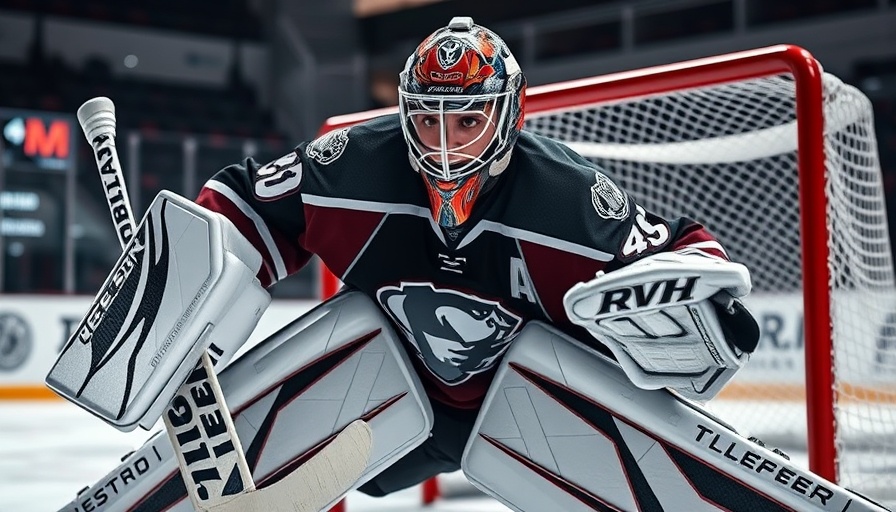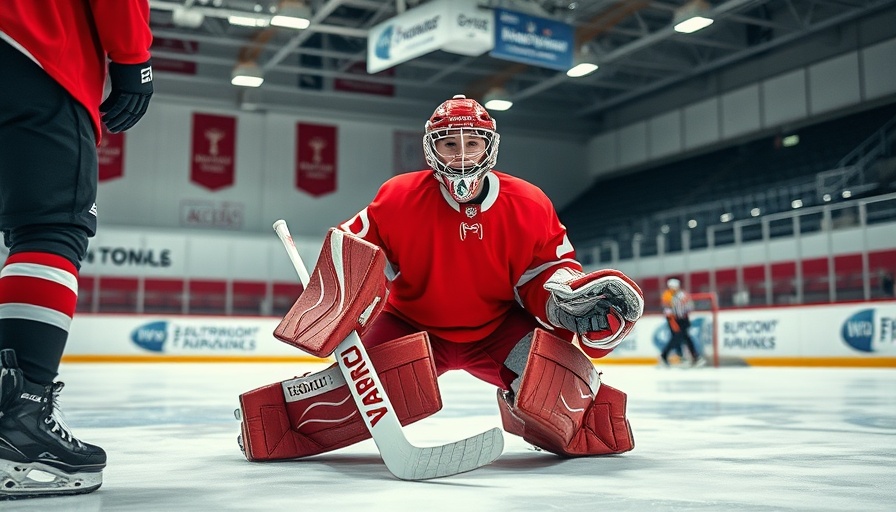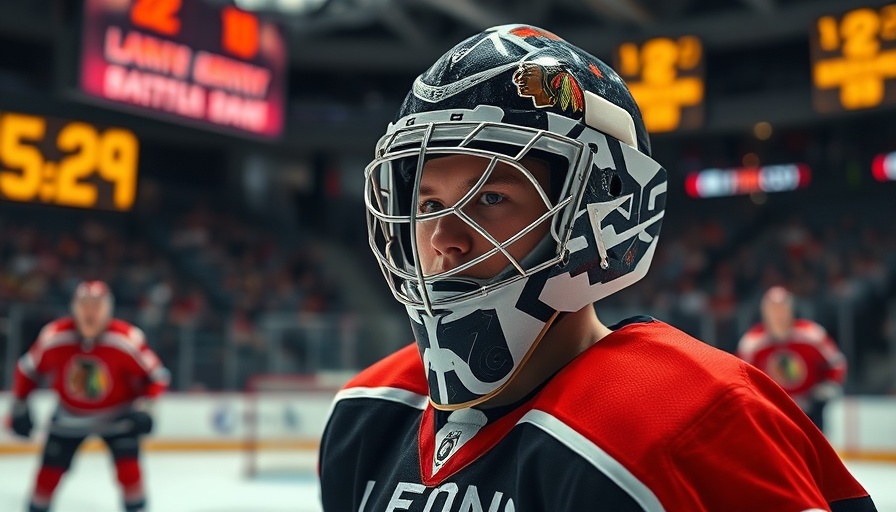
Mastering Your RVH Technique: Why Precision Matters
Goalies, have you ever felt unsure about how to enter your Reverse Vertical Hang (RVH) correctly? Whether you're a young player just starting out or a parent keen to enhance your child's skills, understanding the fundamentals of this technique is essential. Zigzagging is a common mistake that can compromise your positioning and effectiveness. Instead of creating unnecessary movements that could lead to vulnerabilities, let’s explore how to enter the RVH properly and maximize your defensive abilities.
In 'Improve Your RVH Entries | Stop Zig Zagging', the discussion dives into essential techniques for goalies, exploring key insights that sparked deeper analysis on our end.
Understanding the RVH: A Tactical Advantage
The RVH technique is crucial for goalies as it enables them to guard the short side of the net effectively. It’s simple: by preventing attackers from exploiting this area, you significantly reduce their scoring chances. When entering RVH without zigzagging, you maintain better balance and control. Michael Thompson, an expert in sports biomechanics, emphasizes the importance of engaging your footwork to stabilize yourself and drive off the post efficiently.
Foot Movement: The Key to Stability
Imagine a scenario where an opponent is closing in from the corner. Your goal as a goalie is to react swiftly and organize your stance. By rolling your foot properly while entering the RVH, you create a strong foundation that allows you to defend effectively against shots. “Stealing the short side” is not just a phrase; it’s a principle that can make a game-changing difference in high-pressure situations.
Two Scenarios for Effective RVH Entry
Let’s break down two specific scenarios highlighted in the instructional video:
- Scenario One: As the player approaches from the corner, your reliance on foot engagement is critical. Enter into RVH directly by driving off the post with your feet.
- Scenario Two: This involves a more dynamic movement where the play shifts. When a player enters the zone and creates potential for back-door plays, overlapping into your RVH before resetting your position is vital. This approach enhances your versatility and responsiveness on ice.
Elevating Your Game with Practice
As with any technique, practice is essential. Regular drills focused on your RVH entry can help solidify these concepts. Create situational practices that incorporate both static and dynamic approaches to RVH, ensuring that you can execute the techniques fluidly during real games. It’s also beneficial for coaches and parents to simulate these scenarios in training settings, reinforcing the principles in action.
Conclusion: The Path to Goal-Setting Success
By mastering the RVH technique without zigzagging, you enhance your ability to protect the net and control scoring opportunities. It’s not just about how you look—it's about effective, actionable strategies that reinforce your skills as a goalie. Goalies, parents, and coaches can collectively work towards fostering a deeper understanding of the game. Embrace this knowledge and engage in practices that elevate everyone’s performance. For comprehensive goalie training insights, join our community for regular updates and expert tips!
 Add
Add 

 Add Row
Add Row 


 Add Row
Add Row  Add
Add 

Write A Comment